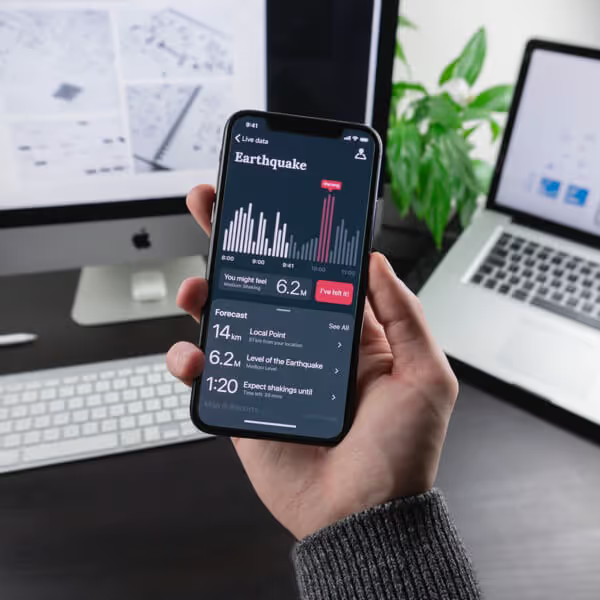aving relevant micro-influencers on-side presents unparalleled opportunities for brands. After all, people often buy from people or on the advice of others. A recent study by Freshworks of 3000 participants found that 60% of customers globally share bad experiences with others, either in-person, or online on peer sites, review forums and social media.
As a company, it’s hard to deflect against or retaliate from bad publicity, but an influential person can on their behalf. So, not only can micro-influencers generate more income and help supercharge a brand, they also help soften the blows of bad reviews.
Having influential people representing and rooting for a company provides a valuable opportunity to develop real and deep relationships with an audience. It also adds authenticity to a brand which is something that is very hard to get simply by throwing money at it.
Let’s jump back for a moment and talk a bit about brands and branding. Having a strong brand, that is immediately recognisable in some way – a logo, a sound, a product shape, etc. – helps consumers make purchasing decisions. When they recognise branding, they will have a preconceived idea about that brands’ price point, product or service quality, technical proficiency, customer service, etc. Companies can influence this perception – through messaging and with time and dedication - but ultimately if the expectation doesn’t meet the reality, then they will soon get found out through bad reviews. For the sake of this article though, we are going to assume that expectations and realities do align.
So, how do you get micro-influencers on your side? You could look to influencer marketplaces or scour online platforms to find well-respected people in your field with a high engagement rate. The reality though is that trying to increase your brand authenticity by paying for influencers is in itself a bit inauthentic. And finding the perfect person who is both well respected and has high engagement rates and who doesn’t get paid for promotions, probably won’t agree to align with a brand unless they are genuinely obsessed with it.
But what about the brand advocates right before your very eyes? Your team that is! They might not all be influential now, but you can turn them into superstars within their field and have an army of micro-influencers touting your strategic messaging all around town. Start with the following 6 steps.
How to Create Micro-Influencers for your Brand
- Update your team’s LinkedIn profiles to sell – not to get a job. Make sure their profiles communicate your strategic brand messaging and value proposition and have a clear call-to-action.
- Create content for thought leadership on their behalf. You can’t expect them to be great content creators, nor can you ask them to deprioritise their day-to-day job. By creating it on their behalf, you also get to control the narrative.
- Teach them how to sell and how to engage online. Your salespeople shouldn’t be the only sellers of your brand!
- Promote their content through your company page to expand reach to the right audience.
- Help them pitch to industry publication and podcast for guest posts and interviews.
- Invest in them, and they will help supercharge your brand.
For help turning your team into a high-performing tribe of micro-influencers, schedule a meeting with our expert team.

.avif)
.avif)










